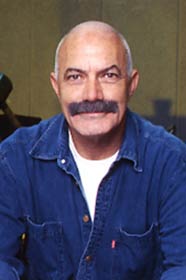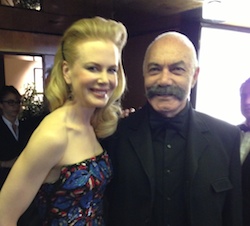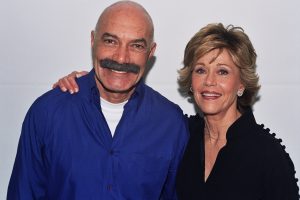Based on the 1957 autobiography by Gwen Terasaki, which detailed events in her life and marriage, French director Etienne Périer cast Carroll Baker and James Shigeta as the married interracial couple.
Gwen Harold, an American woman from Tennessee, meets Hidenari Terasaki (called Terry by his friends), the secretary to the Japanese ambassador, while attending a reception at the Japanese embassy in Washington, D.C.
They begin dating, and when Terry proposes marriage, she agrees. After hearing of the engagement, the Japanese ambassador attempts to dissuade Gwen, claiming that the marriage would hurt Terry’s career. Gwen tries to distance herself from Terry, but Terry defies the ambassador and the marriage takes place.
Terry is recalled to Japan and Gwen accompanies him. In Tokyo, Terry begins to treat Gwen much differently, expecting her to behave according to Japanese customs, many of which involve strict deference to men. However, Gwen bristles and defiantly expresses her feelings about the subservient role of women to Terry, but she continues to try to assimilate into the culture. She soon reveals that she is pregnant and gives birth to a daughter named Mako.
By November 1941, Terry is reassigned to the US embassy, but fails in his desperate measures to preserve the peace.
After the Japanese attack on Pearl Harbor, Terry is deported and Gwen accompanies him despite the danger, back to Japan, experiencing anti-American hatred.
It is clear that the Terasakis will endure more hostility if they remain in Tokyo, so they move to a friend’s empty house outside of the city.
Terry returns to Tokyo. He offers to arrange her passage back to the U.S. where she will be safe, but she refuses.
During air raid on the town, a young girl near Mako is killed, but Mako is unharmed. The entire village gathers to listen to the emperor’s declaring the Japanese surrender.
With the war over, Terry urges Gwen to return to Tennessee to expose Mako to American life, while Gwen refuses to believe that he will soon die.
The book on which the film is based chronicles Gwen Harold (1906–1990), an American from Tennessee who married Japanese diplomat Hidenari “Terry” Terasaki in 1937.
The couple and their daughter Mariko were, along with all Axis diplomats, interned in 1942 and repatriated via neutral Angola. Terasaki held various posts in the Japanese foreign affairs department until 1945, when he became advisor to the emperor, and was the official liaison between the imperial palace and General Douglas MacArthur, the Allied Commander.
Mariko and her mother left Japan in 1949 so that Mariko could attend East Tennessee State University; Terasaki died in 1951 in Japan at the age of 50.
Bridge to the Sun screened at the Venice Film Festival, where the audience gave Baker a standing ovation.
But the response was mixed to negative, with critics faulting the lack of solid drama and authentically compelling characters, resulting in a flat and obvious “message” picture.
Cast
Carroll Baker as Gwen Terasaki
James Shigeta as Hidenari Terasaki
James Yagi as Hara
Tetsurō Tamba as Jiro
Sean Garrison as Fred Tyson
Ruth Masters as Aunt Peggy
Nori Elisabeth as Hermann
Emi Florence Hirsch as Mako Terasaki, at different ages
Hiroshi Tomono as Ishi










